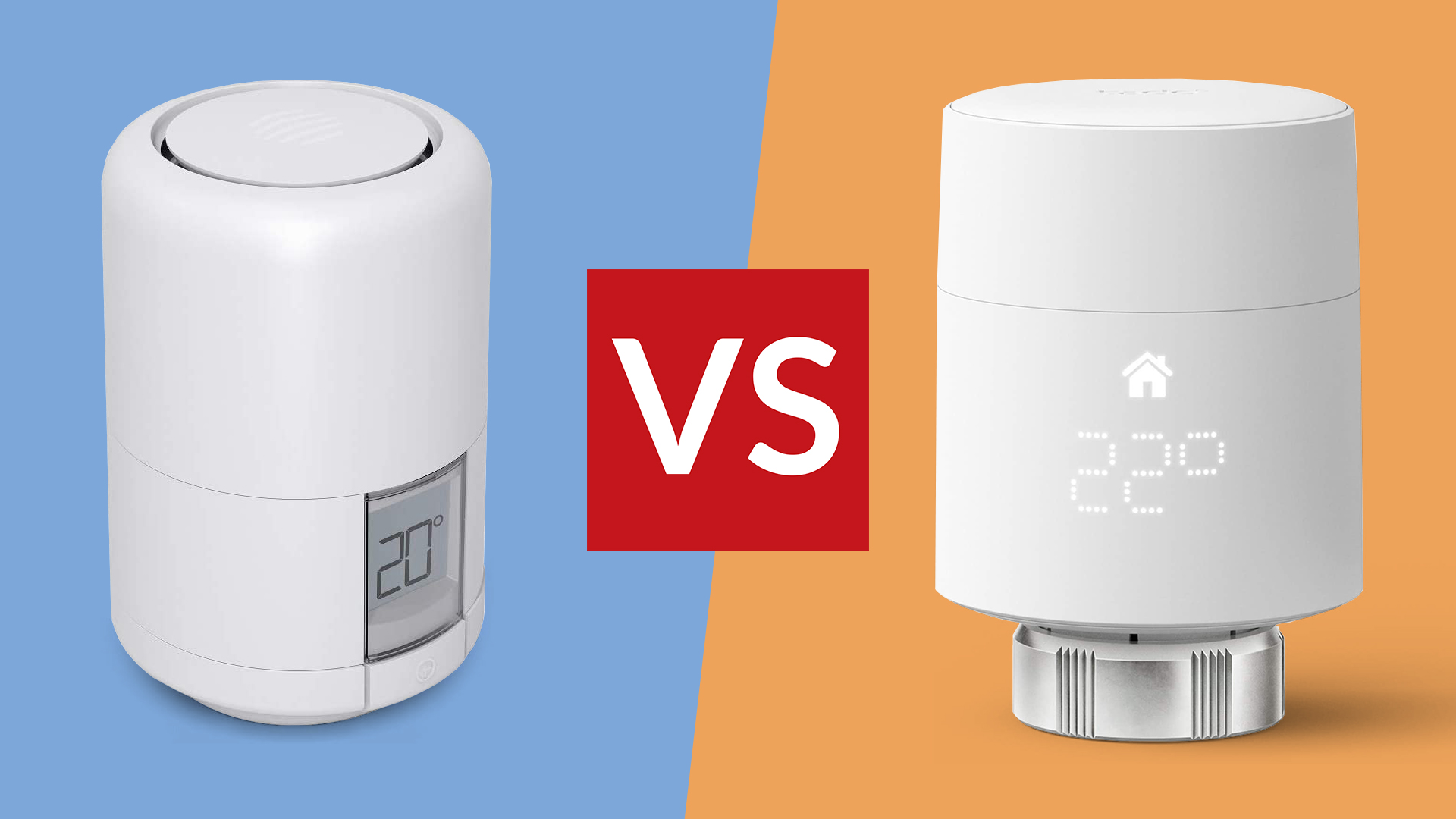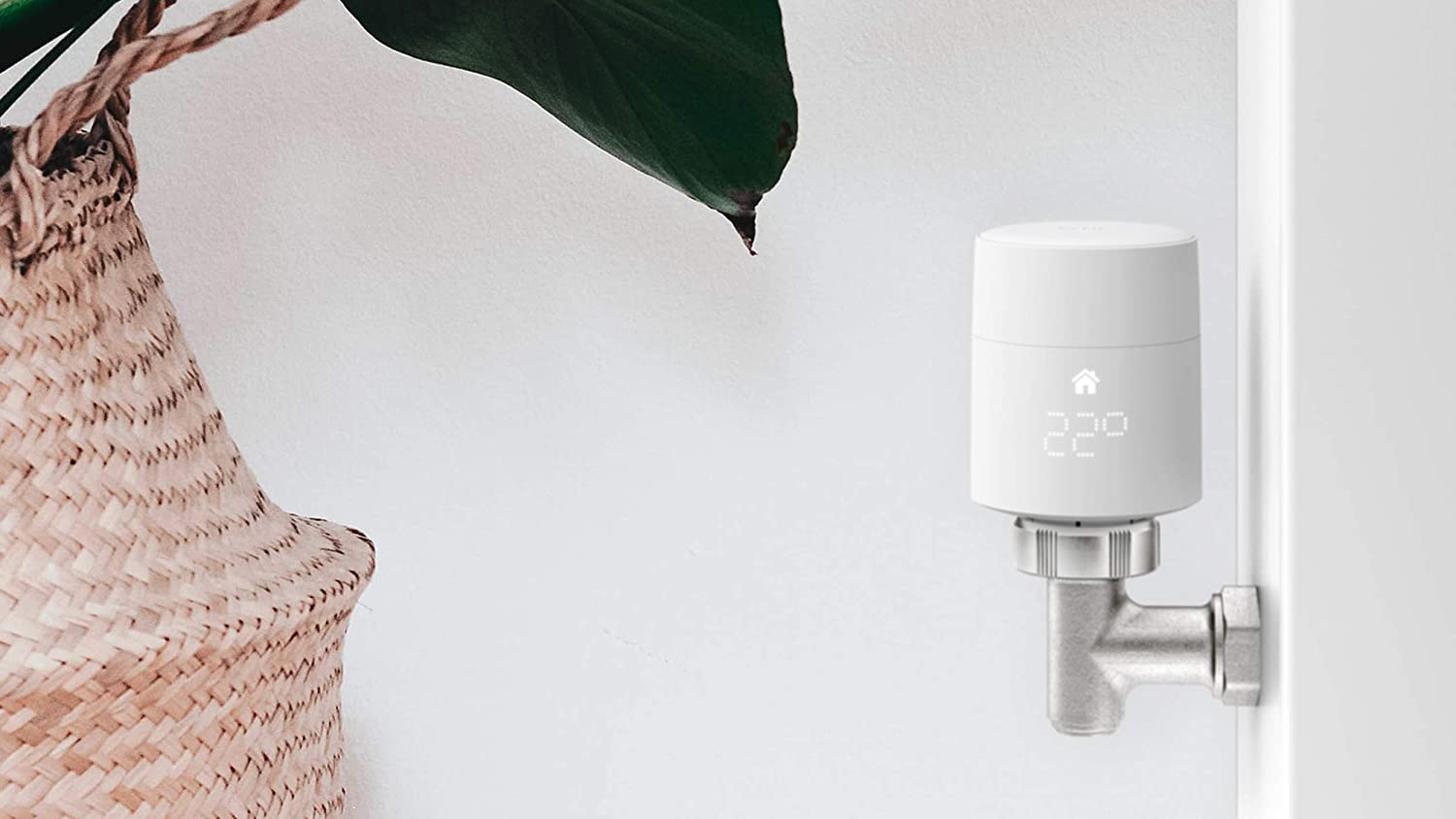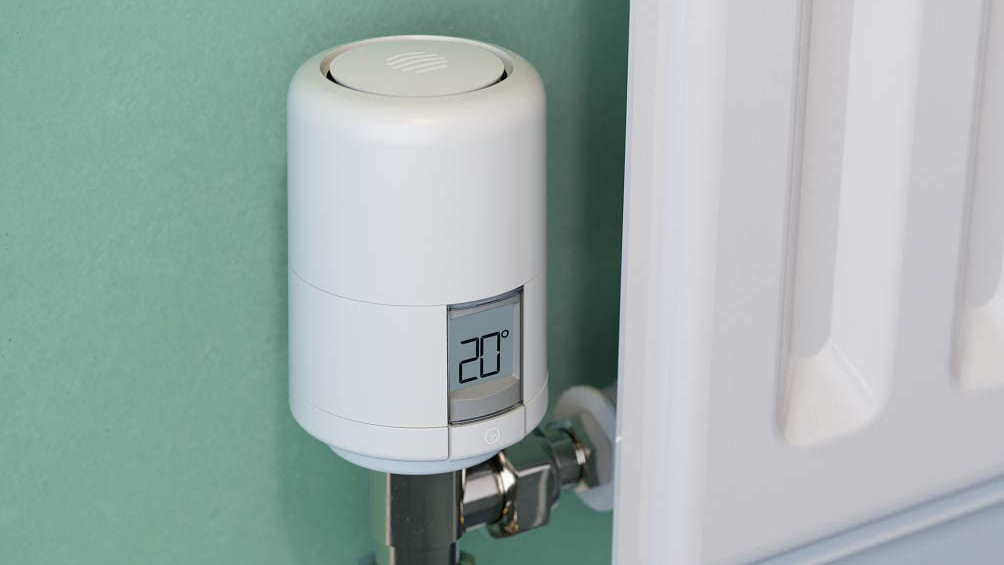Hive Smart Radiator Valve vs Tado Smart Radiator Thermostat
Which smart radiator control option is best for you? We compare the two big-name options that can help you get zonal heating the easy way

Honestly, with the cost of living crisis and sky-rocketing energy bills getting one of the best smart thermostats installed in your home makes a lot of sense.
However, as good as a smart thermostat install is, unless you have a zonal system with more than one thermostat then really all it can do is switch your heating on or off, raising or lowering the temperature in the whole house.
To have granular smart control over the temperature in different rooms, you need your radiators to be under individual control, and this is where smart radiator valves come in – including Hive's Smart Radiator Valve and Tado Smart Radiator Thermostat.
The idea is that each valve acts as its own temperature monitor, controlling the flow of hot water so that each room can be set to a different temperature at the time you need. You control it all from a hub, a smartphone app, voice control, or by setting each valve manually.
This is excellent for saving money as you can just heat the rooms of the house you need heating at any one time, while those rooms that don't have anyone in and don't need heating can be turned off, saving you a packet.
Which of these big-name radiator thermostats should you plump for, though? That's what this feature is designed to help you decide.

The Tado Smart Radiator Thermostat.
Hive Smart Radiator Valve vs Tado Smart Radiator Thermostat: Price & design
You can buy these thermostats individually or as part of a starter pack, which comes with the required hub. The hub connects to the internet via your wireless router, then to your radiator valves through a low-power network. This allows the valves to be powered by AA batteries, which would go flat very quickly were they generating Wi-Fi signals themselves. Expect to pay £70 for a single Tado valve, and the same for a hub. Hive’s are a little cheaper, at £54 each, but £80 for the hub.
Get all the latest news, reviews, deals and buying guides on gorgeous tech, home and active products from the T3 experts
Neither brand is available in the US at moment.
The valves are both white, with a tiny screen that displays the temperature they’ve been set to. Tado's are definitely a little sleeker looking, with the temperature appearing as if from nowhere, rather than the specific screen cut-out that the Hive has.
Slightly larger than a normal valve, they nonetheless easily blend in with your existing radiators, unless you’ve painted them an unusual colour. The benefit is that, rather than just choosing an arbitrary setting from one to five, or twisting an uncalibrated dial, you can set the exact temperature you want on a scale that makes sense.
Tado sells two versions of its valves: for horizontal fitting or vertical fitting. Functionally, they're the same – it's just the read-out will be sideways if you use one at the 'wrong' angle.

Hive's Smart Radiator Valve.
Hive Smart Radiator Valve vs Tado Smart Radiator Thermostat: Compatibility
As long as your radiators have standard-sized T-valves on them right now, smart valves should fit. It doesn’t matter if they’re thermostatic or entirely dumb. While you will need a hub to control them, you don’t need to be using a service such as Hive Active Heating – you can install the valves, and control them from your smartphone, with the valves opening and closing to raise the temperature of the room to your pre-set level, and keep it there.
The good news is that smart radiator valves can be fitted easily, without draining your heating system, by simply removing the existing valve head and screwing the smart replacement in. If in any doubt over getting your carpet wet, however, get professional help.

The Tado app allows for easy control of multiple rooms.
Hive Smart Radiator Valve vs Tado Smart Radiator Thermostat: Features & app
Smart thermostats are made to do one job, and therefore can be a little light on supplementary features. That’s not to say that they can’t be clever, though.
Though they will work without it, Hive valves tie into Hive Active Heating, and can respond to schedules set per room, potentially changing the temperature or heating duration every day. It can also detect whether you’ve left a window open in a room you’re trying to heat.
Tado's system can also tie into its separate smart thermostat, and it can also detect open windows, and can take the local weather forecast into account, so you’ll use less energy if the sun is warming up your home naturally.
Both systems come with a smartphone app that allows you to set up the system and run it from day to day. You name each thermostat depending on the room it’s in, then you can set the temperature on each one remotely, wherever you are. You also use the app to create a schedule, telling the system to cut the heat at the times you’ll be out of the house, and warm it up for when you’ll be home.
Once you’ve set them up in their respective apps, both systems can respond to voice control via common digital assistants such as Amazon Alexa, Apple Siri or Google Home. You can also use IFTTT if you want to set specific trigger events such as geofences.

Hive's valve has a small but clear screen.
Hive Smart Radiator Valve vs Tado Smart Radiator Thermostat: Verdict
Fitting smart thermostats to your radiators is one of the best ways to bring smart technology to your home and potentially lower your energy bills by only using the heating when you’re at home, and only heating the rooms you’re using. They’re also reasonably easy to fit, with DIY guides available for both Tado and Hive systems (although if you’re in any doubt, consult a professional).
The two systems we’ve compared here are both extremely similar, so unless you’re already set up with Hive Active Heating – in which case you should go for the Hive valves – the choice is going to come down to price and how many you need.
Tado's sets often come up in sales, and are a very slick system overall. Buying larger numbers of valves of either system tends to increase the discount applied, so it’s worth checking what’s available before making your mind up if you'd like to do your whole home at once.